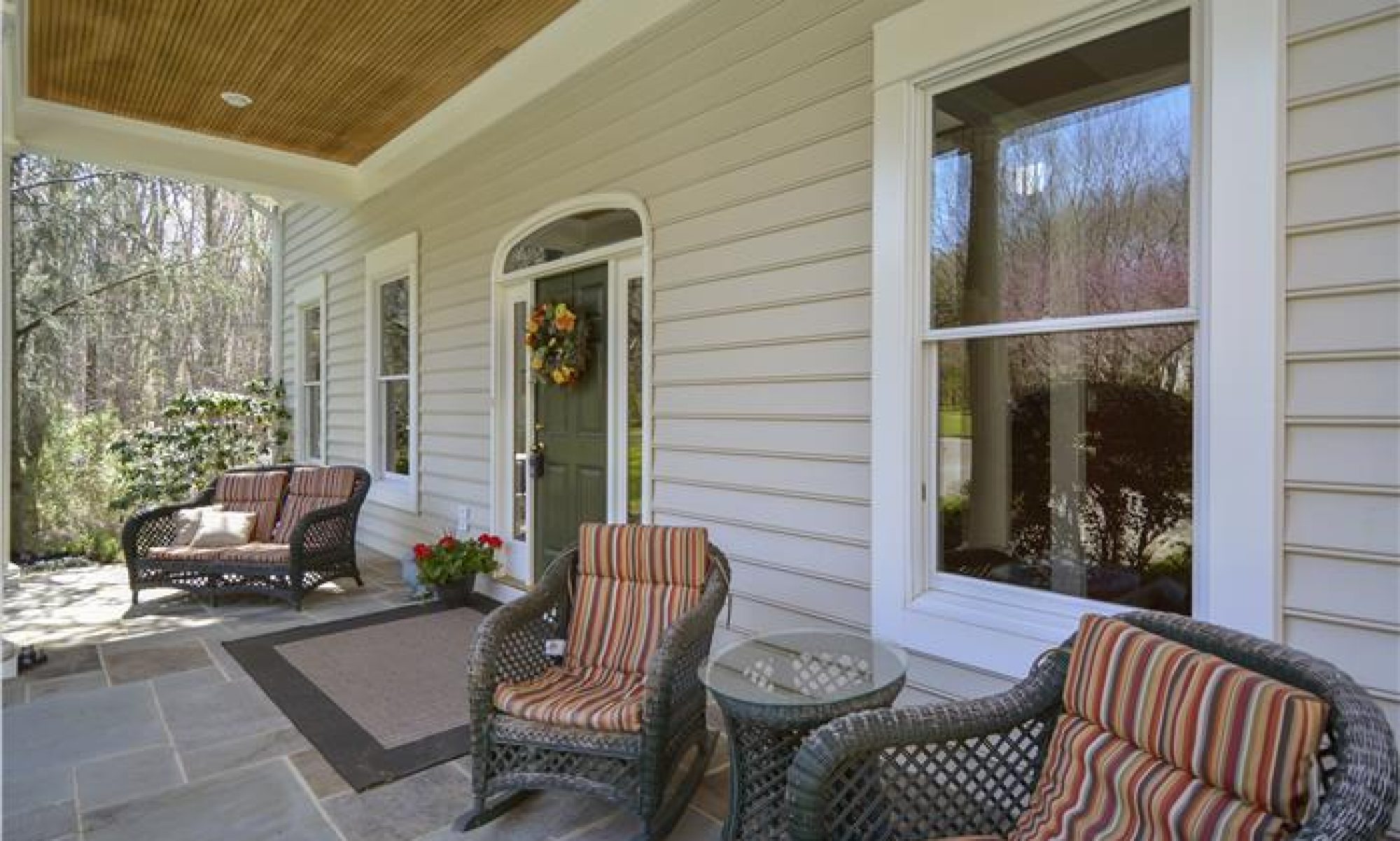The past year’s real estate market was not what people expected. With much speculation and pessimistic media reports many expected the worst. The worst never happened and the numbers for 2006 were respectable, as home sales go. What’s expected for the 2007 market?
It was interesting to see the inventory grow as the number of active listings increased through the year. In fact, 2006 has had the most active listings at one time since before 1999! Many home sellers were taken aback by the amount of competition they faced for potential home buyers; while at the same time home buyers were overwhelmed with the amount of choice.
Now that we are heading towards the end of the year, many home sellers are taking their homes of the market after a disappointing fall and many days on the market. These home sellers are anticipating re-listing their homes in the spring. In fact the number of active single family homes listed in Montgomery County has hovered around the 4000 unit mark since June, however recently dropped to about 3000 units in November (which is still more than last year at the same time) (GCAAR.com). While some of those homes did sell, most did not.
Although the average home price has steadily increased in the county, many neighborhoods are seeing depreciation in the form of lowered sales prices. The home price average in Montgomery County is more likely skewed due to the increase of home sales in the million dollar or more range. November showed a decrease in sales in all price ranges except $1.5M or higher. There was an increase of almost twelve percent in sales in November as compared to the same time last year for this price range; there were 296 sales of homes priced $1.5M and higher in November 2006 in Montgomery County.
Many are anticipating a brisker market this upcoming spring. Many forecasters are predicting a nationwide recovery in the real estate market place. While perusing the optimistic reports about the 2007 real estate market don’t expect a huge appreciation in home values. Many forecasters predict a balanced market across the nation. Economists for the National Association of Realtors predict that the number of existing home sales will maintain at the roughly the same level as 2006, however new home sales will continue to slide into 2007 (Realtor.org).
Locally, the outlook is also positive due to a strong economy, relatively low unemployment, and relatively low interest rates. Another positive sign for the market in 2007 is the foreclosure rate. A recent article in the Baltimore Examiner (examiner.com) reported about a 12% drop in Maryland foreclosures from 2005, while the rest of the country realized a 27% increase during the same time!
As the spring market arrives, we will see many homes returning to market along with new listings of existing homes. Adding to the many options available will be the high builder inventory, which has been accumulating through the fall.
Spring will also bring many home buyers to explore the market as well. However, with many choices to consider, the average days on market for listed homes will remain high. Let’s face the truth that the market has slowed; however, the good news is that we are not heading into oblivion.
By Dan Krell
Copyright © 2006
